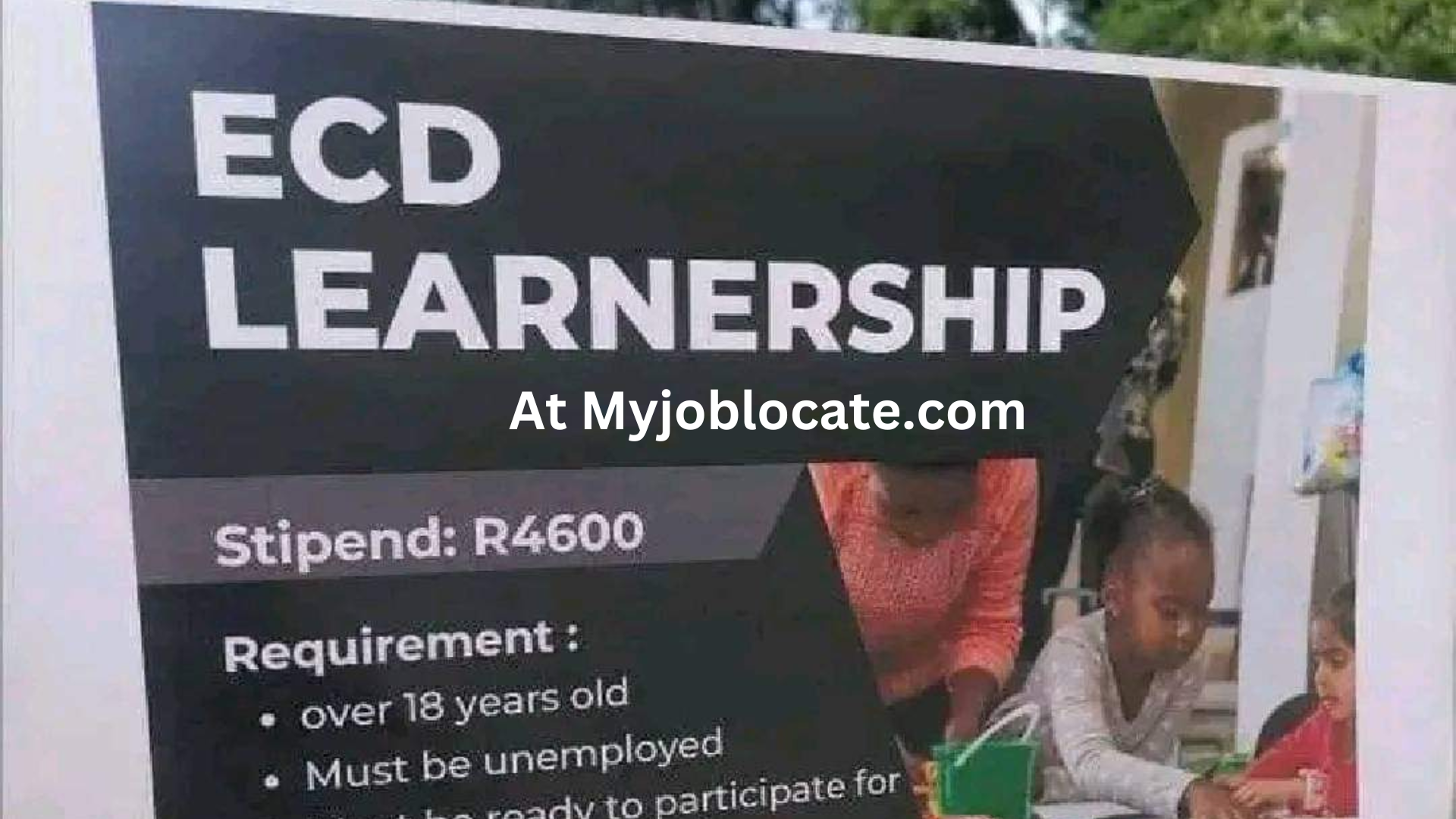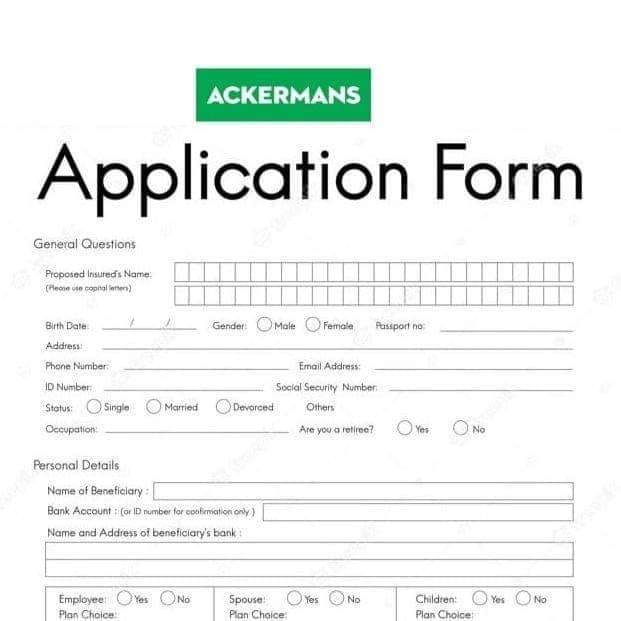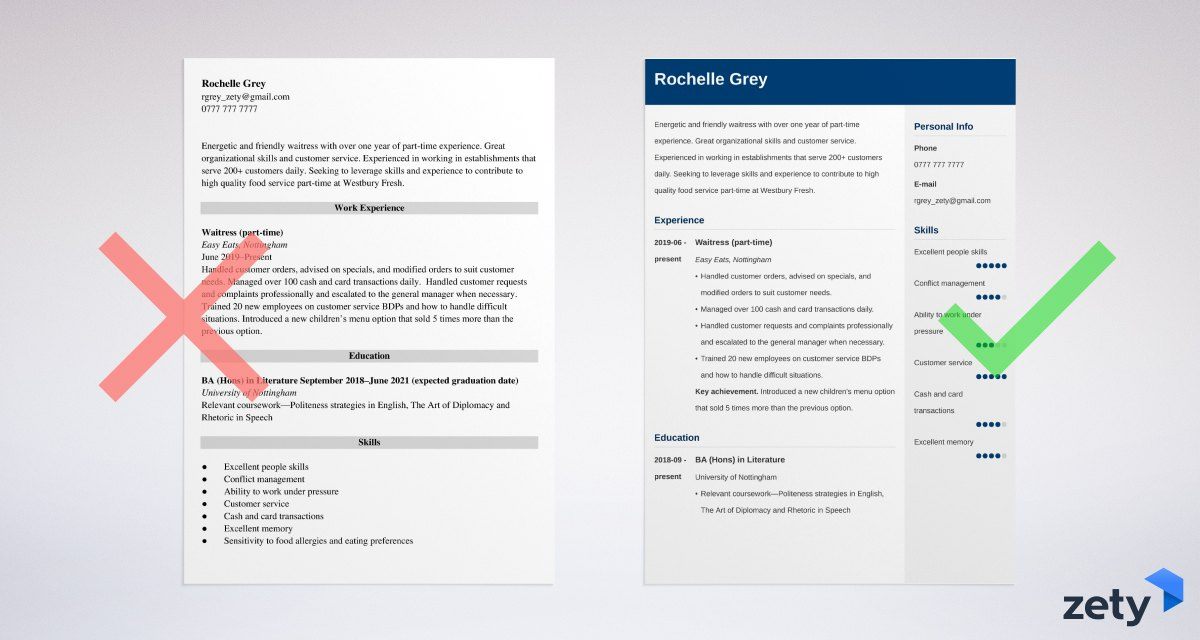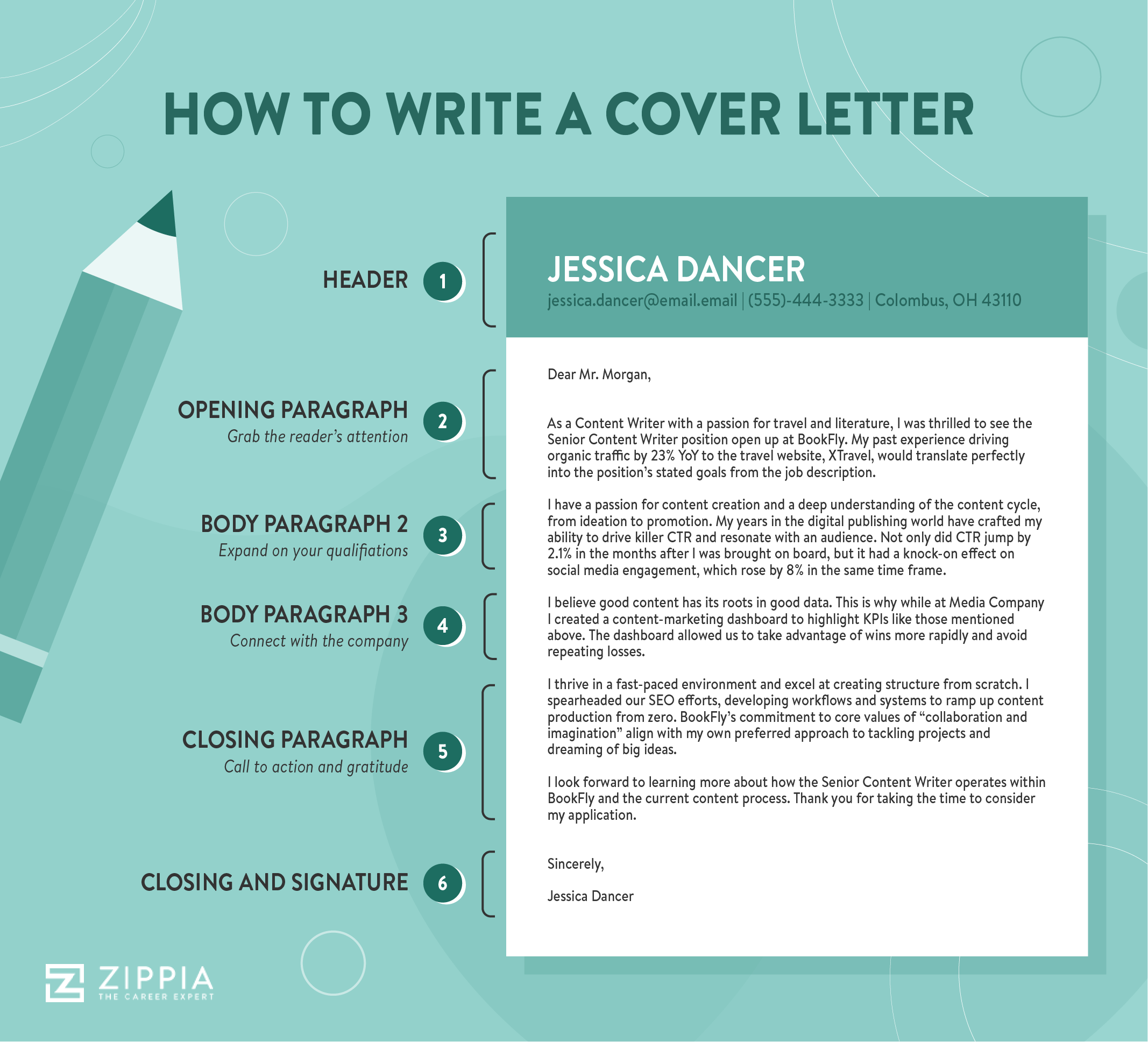Early Childhood Development (ECD) Learnerships 2024 Early Childhood Development (ECD) Learnerships 2024. The ECD is a a comprehensive approach to …

Find Youth Development Learnerships And Apprenticeships
Find Youth Development Learnerships And Apprenticeships

Early Childhood Development (ECD) Learnerships 2024 Early Childhood Development (ECD) Learnerships 2024. The ECD is a a comprehensive approach to …

Ackermans Stores Customer Assistants 2024 If you are not working with no prior work experience, who is hungry to know …

(NEW) List Of Available Learnerships In South Africa 2024 (9 Big Companies) When you register for a Learnership programme, you …

Learn How to Apply Dear SIR/Madam Application for Human Resource Learnership/internship/Job I hereby which apply for the position that is …

How to Write Professional CV HOW TO WRITE THE PERFECT CV by Pierre In the highly competitive job market you …

How To Write Cover Letter COVER_LETTER Writing a cover letter should be one of your main tasks when making your …